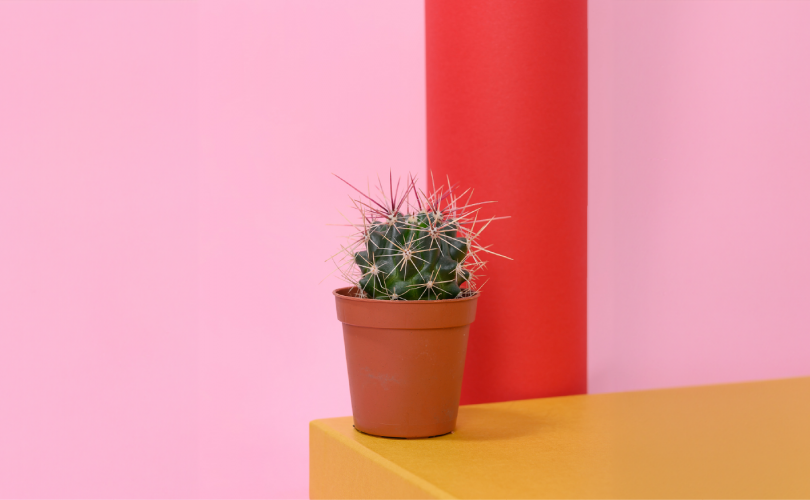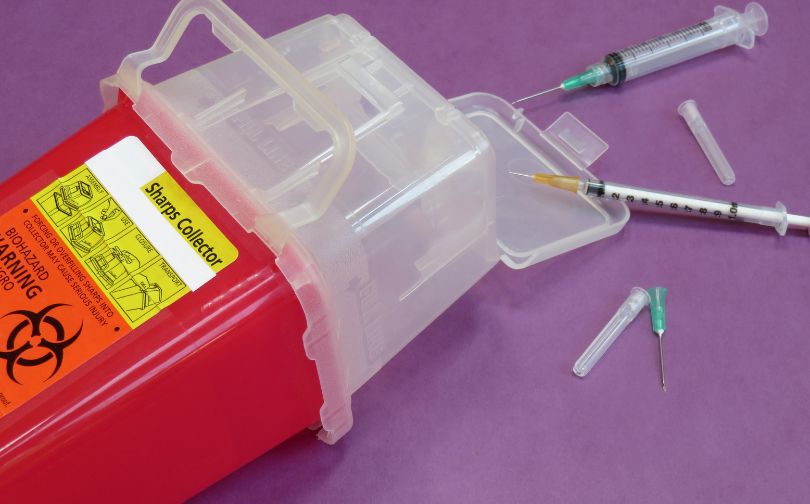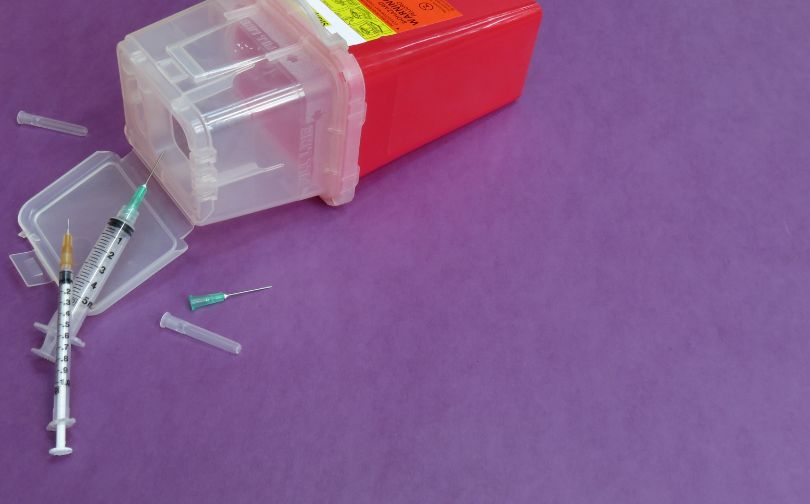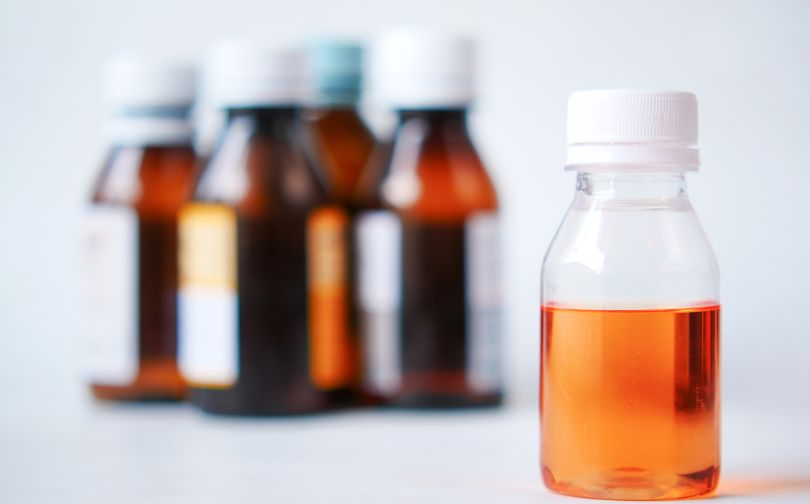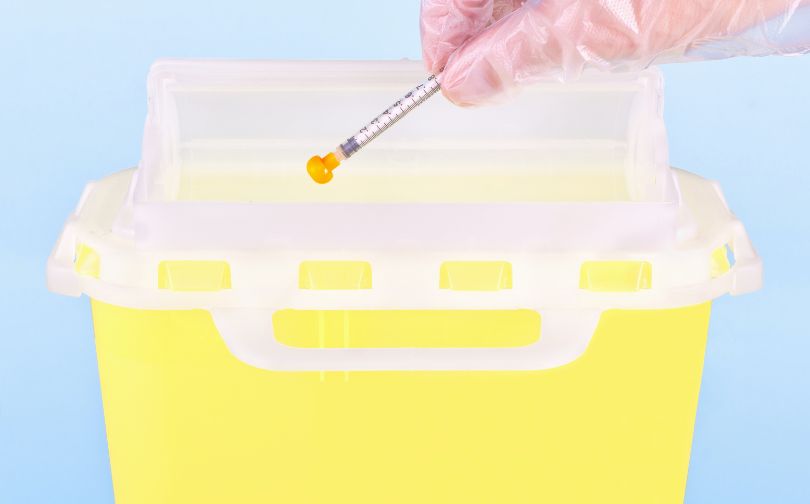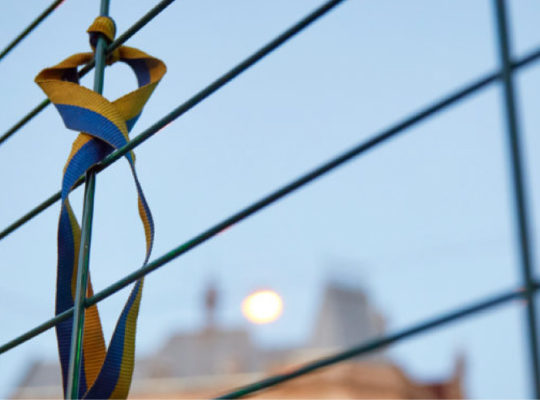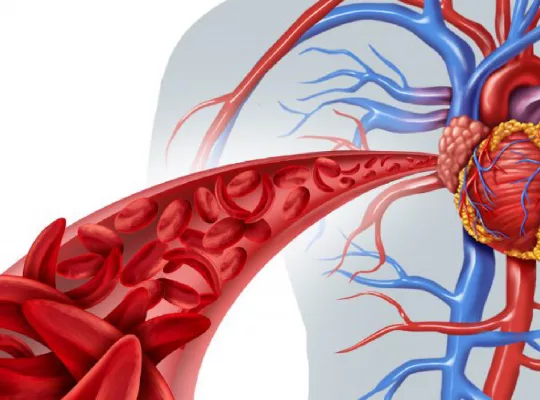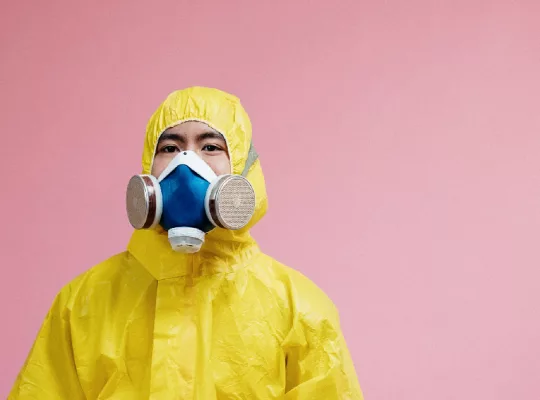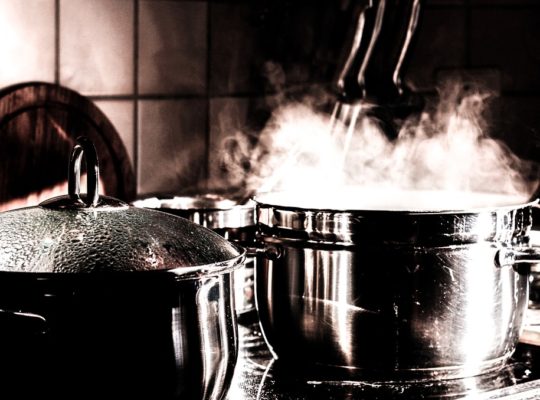Disposing of sharp medical objects presents unique challenges. Items like needles, scalpels, and other sharp instruments can pose serious safety risks if not handled properly. Without proper disposal, they can cause injuries and spread infections, putting healthcare workers, patients, and even the general public at risk.
Sharps containers are designed to safely store these hazardous items, but knowing exactly what goes inside them isn’t always clear. Incorrect disposal of non-sharp items or improperly capping needles can lead to overfilling or container damage.
In fact, the CDC reports that more than 385,000 sharps-related injuries happen annually in U.S. healthcare settings.
To help you manage these risks, this guide will explain exactly what belongs in a sharps container. You’ll get practical advice to ensure safe handling, protecting yourself and others from unnecessary harm.
What are Sharps?
Sharps are medical tools with sharp points or edges designed to puncture or cut the skin. These devices are commonly used in healthcare, at home, and in other settings to treat medical conditions. Examples include needles, syringes, lancets, and scalpels. People with diabetes, allergies, and other health issues often rely on them for regular treatment.
However, sharps present serious risks if not handled properly. They can cause injuries or transmit infections if contaminated, such as HIV or hepatitis. Proper disposal is essential to prevent harm and maintain safety in both medical and non-medical environments.
What Are Sharps Containers?
Sharps containers are specialized containers designed to safely store and safely dispose of medical items with sharp edges. Think of them as sturdy, protective homes for medical tools that could otherwise cause harm if not handled properly. These containers, often plastic, are made of strong, solid materials specifically engineered to prevent accidental pokes or cuts.
Sharps containers provide a secure and responsible way to manage used medical items that could pose a risk of accidental needle sticks and the transmission of infectious diseases if mishandled. They’re essential to healthcare waste management, ensuring the safety of medical professionals, sanitation workers, and our environment.
How Do I Get a Sharps Container?
Doctors and pharmacies don’t always prescribe or give patients sharps containers. Luckily, these can easily be purchased online or from medical supply stores.
You can also use an empty, solid plastic container with a screw-top lid, such as a laundry detergent bottle. The material must be strong enough to prevent any needles poking out. In that regard, never use milk cartons, soda bottles, aluminum cans, or plastic and paper bags.
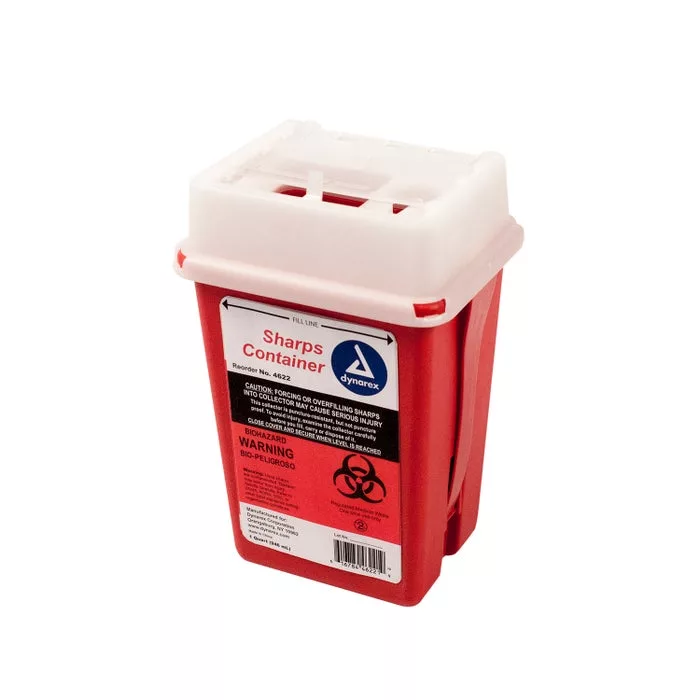
What Items Can Go in Sharps Containers?
Sharps containers are meant for items used in medical procedures that have sharp points or edges. These include:
- Needles: After injections, blood draws, or other procedures.
- Syringes: Once they’ve been used to deliver medications or fluids.
- Lancets: Tiny tools used for fingerstick blood tests, especially in diabetes care.
- Auto-injectors: Devices that automatically deliver medication, like those for allergies and certain weight loss drugs.
- Infusion Sets: Tubes and needles used for IV therapy or fluid delivery.
- Scalpel Blades: Used scalpel blades from surgical procedures.
- Glass Slides: Broken or used glass slides from microscopic analysis.
- Broken Glass: Fragments from broken vials, ampules, or other glass-based medical tools.
- Other Sharp Medical Instruments: Any other medical instruments that have the potential to pierce the skin, like those used in acupuncture.
It’s important to note that used items like bandages, gloves, and regular medical waste should not be discarded in a Sharps container. It may be tempting to throw away everything all at once, but only sharp objects should be housed in sharps containers.
How to Use a Sharps Container?
Using a sharps container is pretty straightforward.
- After Use: After using a sharp medical item, hold it by the non-sharp end and carefully place it into the sharps container.
- No Recapping: Don’t try to put the cap back on needles since you risk accidentally poking yourself. It’s safer to leave it as is.
- Filling and Sealing: Fill the container, but avoid overstuffing it. When it’s about three-quarters full, it’s time to seal it up. Suppose you’re using a sharps container from a medical supply store. In that case, it’s easy since the lid is designed to stay closed to prevent accidental opening.
What Things You Should Avoid Putting in the Sharps Container?
When using a sharps container, it’s important to avoid placing certain items inside to ensure safe disposal.
- Non-sharps items: Avoid placing items like tape, bandages, gloves, or paper in the container. These objects do not pose a puncture risk and can contaminate the container, making it unsafe for disposal.
- Liquids: Do not place full syringes or other free liquids in the sharps container. They can leak and cause contamination, creating hazards for handlers.
- Medications: Packaging or loose medications should never go into sharps containers. They need special disposal methods to avoid harm to people or the environment.
- Batteries and aerosols: These are considered hazardous waste due to their chemical content and must be disposed of separately to prevent safety risks.
- Radioactive materials: Items that are radioactive require specialized handling and disposal to ensure safety, so they should not go in a sharps container.
- General waste: Common household trash or recyclables do not belong in sharps containers. Including them can lead to improper disposal and safety issues.
How to Properly and Safely Dispose of Sharps Containers?
Whether you’re using one at work, at home, or while traveling and staying at other accommodations, once your container reaches about 75% capacity, it’s time to say goodbye.
There are several ways to throw away your containers. If you’re unsure where to start, visit the Coalition for Safe Community Needle Disposal’s website, Safe Needle Disposal, which allows you to search state guidelines.
Safe disposal methods include:
- Correctly Placing in Regular Trash: Many states allow you to place your container in regular household trash. To be extra safe, duct tape the lid and always label your container “Home Medical Objects—DO NOT RECYCLE” so trash collectors know what they’re handling. Never place it in a recycling bin.
- Supervised Collection Sites and Drop Boxes: You may be able to drop off your containers at doctors’ offices, hospitals, pharmacies, medical waste facilities, health departments, and sometimes police and fire stations.
- Household Hazardous Waste Collection Sites: Check with services and sites that commonly accept hazardous materials, such as household cleaners, paints, and motor oils. They may also take sharps containers.
- Mail-Back Programs: You may also be able to mail certain FDA-cleared sharps disposal containers to a collection site. This service typically requires a fee.
If you can’t dispose of the sharps container immediately, keep the sharps container in a lock.
Conclusion
In essence, sharps containers provide a secure and responsible way to manage used medical items that could pose a risk if mishandled. They’re essential to healthcare waste management, ensuring the safety of medical professionals and the environment.
Remember, the key here is safety. Sharps containers keep everyone, from doctors and nurses to individuals and waste handlers, safe from getting poked by medical tools intended for one-time use only.
FAQs
Why Is It Important to Use a Sharps Container for Disposal?
Using a sharps container ensures safe disposal of hazardous waste, preventing needlestick injuries and the spread of bloodborne diseases. The containers are designed to be puncture-resistant and leak-proof, reducing the risk of accidental exposure to harmful materials during handling and disposal.
How Full Should a Sharps Container Be Before Disposal?
Sharps containers should be disposed of when they are approximately three-quarters (3/4) full. Overfilling increases the likelihood of needlestick injuries or spills, making the disposal process more hazardous for healthcare workers and waste handlers.
What Are the Guidelines for Placing Sharps Containers in Healthcare Facilities?
Sharps containers should be placed near the point of use, such as exam rooms and laboratories. They must be accessible to healthcare staff but positioned out of patients’ reach to prevent accidental contact, ensuring both safety and convenience in healthcare settings.
Can Sharps Containers Be Reused?
Certain sharps containers are designed for reuse, but they should never be manually opened or cleaned. Professional waste management services handle the safe reprocessing of reusable containers, ensuring contaminated materials are properly managed without exposing individuals to hazardous waste.

